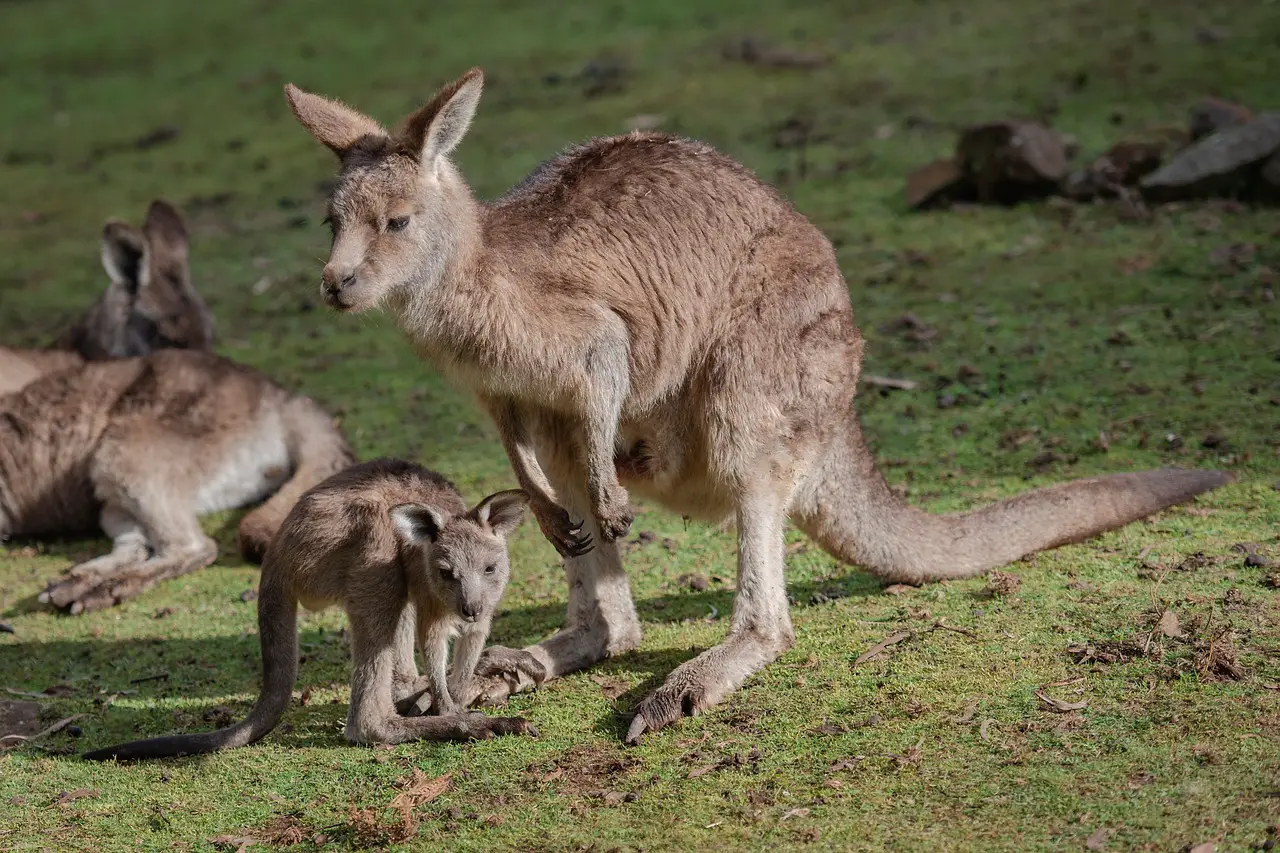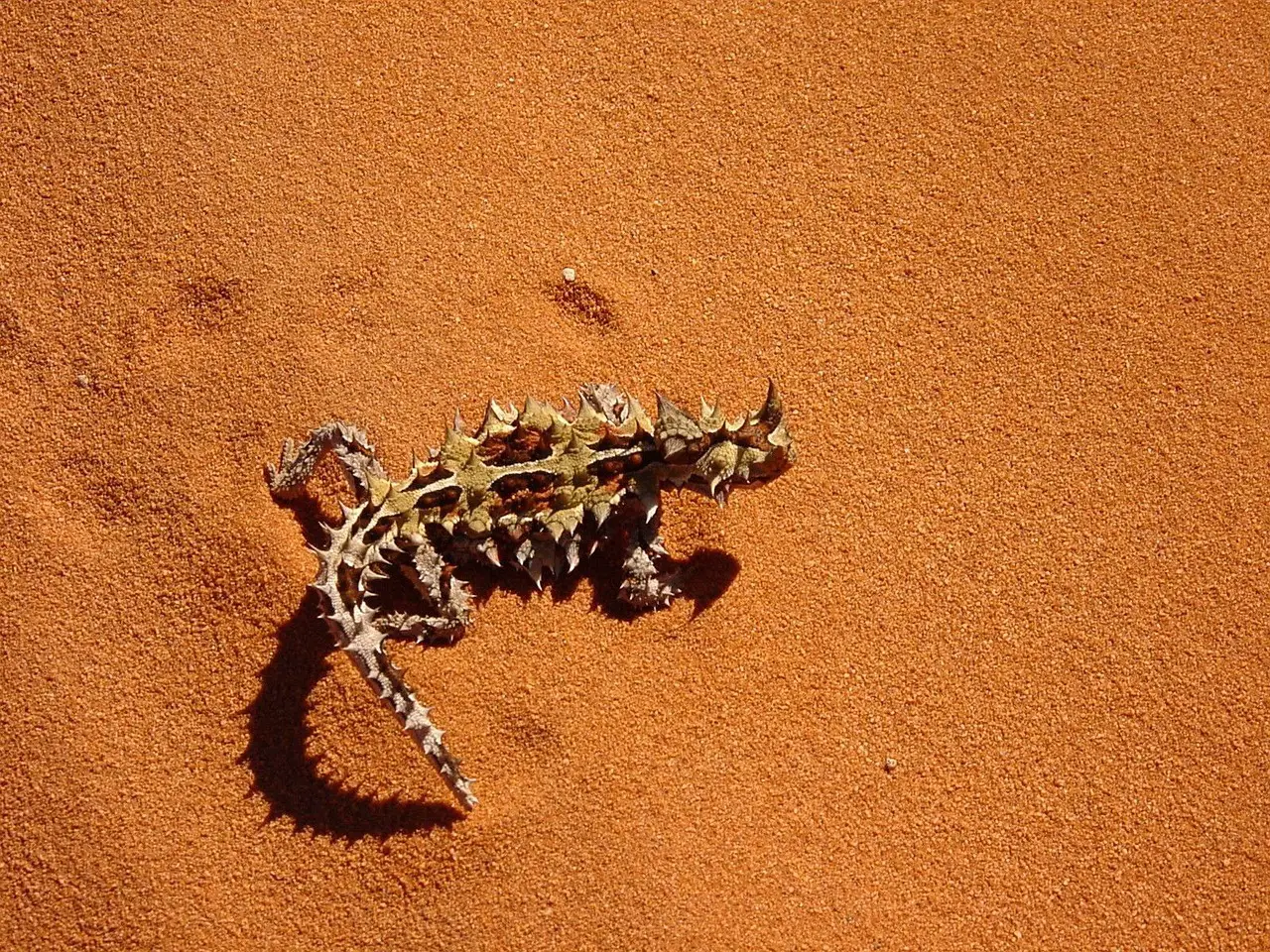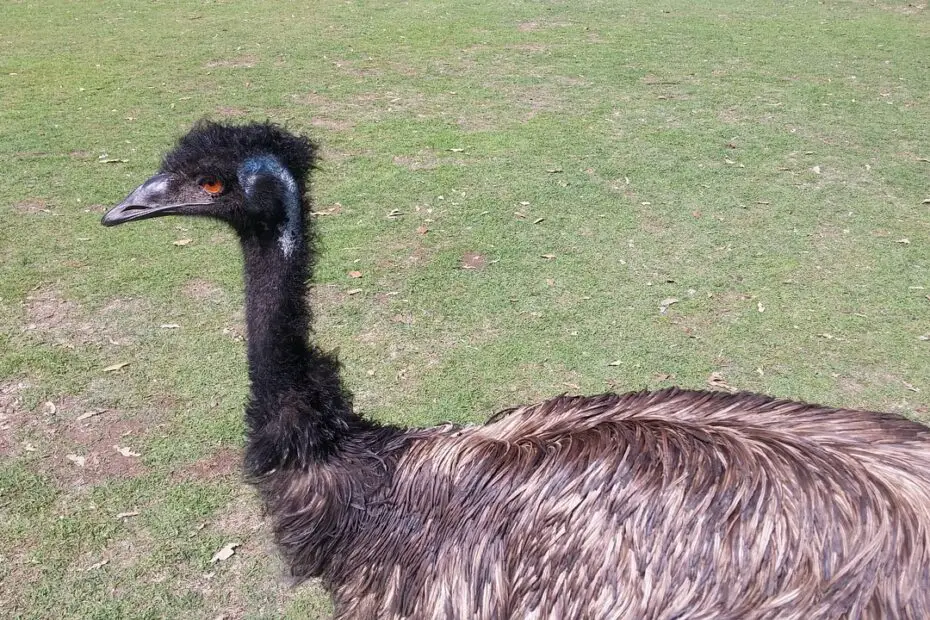The Australian Outback is a vast and rugged expanse, known for its unique and diverse wildlife. This article explores some of the remarkable Australian Outback animals that call the Outback home, their adaptations to survive in this harsh environment, and the conservation challenges they face.
You may also want to read about the top 8 grassland animals.
Kangaroos: Icons of the Outback
Kangaroo Species in the Outback
The Outback is synonymous with kangaroos, the iconic marsupials that represent the spirit of Australia. Various kangaroo species, such as the Red Kangaroo and the Western Grey Kangaroo, thrive in the arid landscapes of the Outback. They have adapted to survive in environments with limited water and vegetation. Kangaroos are the most popular Australian Outback animals.

Adaptations for Outback Life
Kangaroos have evolved unique adaptations to cope with the challenges of the Outback. Their powerful hind legs enable them to cover large distances with remarkable agility and efficiency. They are also well-suited to conserve water, obtaining most of their hydration from the plants they consume.
Emus: Flightless Runners
Unique Features and Behavior
Emus are the largest flightless birds in Australia and are well-known for their running abilities. They have long legs and powerful muscles that allow them to reach impressive speeds. Emus also possess distinctive feathers and a keen sense of curiosity, making them fascinating inhabitants of the Outback. Emus are big Australian Outback animals.
Thriving in Harsh Environments
Emus are well-adapted to survive in the extreme conditions of the Outback. They can withstand high temperatures and have the ability to go without water for extended periods. Their diet consists of various plants, insects, and small animals, providing them with the necessary nutrients to thrive in these arid regions.
Koalas: Masters of Eucalyptus Trees
Arboreal Lifestyle and Diet
Koalas are renowned for their association with eucalyptus trees. These marsupials spend most of their lives in the branches, feeding on the leaves of specific eucalyptus species. Koalas have specialized adaptations, such as sharp claws and unique digestive systems, to process the toxic compounds present in eucalyptus leaves.
Conservation Challenges
Koalas in the Outback face significant conservation challenges, primarily due to habitat loss and fragmentation. The destruction of eucalyptus forests and the impact of climate change threaten their populations. Conservation efforts are vital to protect koalas and their habitat, ensuring their long-term survival. Koalas are popular Australian Outback animals.
Thorny Devils: Desert Survivors
Distinctive Appearance and Behavior
Thorny devils, also known as molochs, are fascinating reptiles that have adapted to the arid desert environment of the Outback. Their unique appearance, covered in spiky scales, helps protect them from predators. They have specialized behaviors, such as changing color to regulate body temperature and collecting water through their skin.

Adaptations to Extreme Heat and Lack of Water
Living in one of the driest regions on Earth, thorny devils have remarkable adaptations to survive in the harsh desert conditions. They have the ability to drink water through capillary action using their skin, enabling them to obtain moisture from dew and rain. Their unique behavior of traveling along sand dunes helps them find areas with higher moisture content.
Red Kangaroo: The Largest Marsupial
Impressive Size and Adaptations
The red kangaroo is the largest marsupial species and an iconic symbol of the Outback. These majestic creatures have adapted to thrive in the arid landscapes, with powerful hind legs for hopping long distances and muscular tails for balance. They can conserve water by producing concentrated urine and adjust their body temperature to withstand extreme heat.
Living in Arid Landscapes
Red kangaroos are well-suited to the harsh environments of the Outback. They can go for long periods without drinking water, relying on the moisture obtained from the plants they consume. Their ability to cover vast distances efficiently allows them to search for food and water sources in the expansive Outback.
Conclusion
The Australian Outback is home to a remarkable array of animals that have adapted to survive in its challenging environments. From kangaroos and emus to koalas and thorny devils, these unique creatures showcase the diversity and resilience of the wildlife in the Land Down Under. Understanding and protecting these species is crucial for preserving the intricate balance of the Outback’s ecosystems.
FAQs
- Are there dangerous animals in the Australian Outback? The Australian Outback is home to various wildlife, including some venomous snakes and spiders. It is essential to take precautions and be aware of potential risks when exploring the region. It is advisable to seek guidance from local authorities and follow safety guidelines.
- Can you see these animals in the wild? Yes, many of these animals can be observed in their natural habitats in the Outback. National parks, wildlife sanctuaries, and guided tours offer opportunities to witness these fascinating creatures while ensuring their protection and conservation.
- What are the main threats to Outback wildlife? The main threats to Outback wildlife include habitat loss, climate change, invasive species, and human activities. Ensuring the preservation of their habitats and promoting sustainable practices are essential for their continued survival.
- How can individuals contribute to the conservation of Outback animals? Individuals can contribute by supporting conservation organizations, participating in responsible tourism practices, and spreading awareness about the importance of preserving the unique wildlife of the Outback. Additionally, respecting wildlife and their habitats by following guidelines and regulations is crucial.
- Are these animals found only in the Australian Outback? While these animals are commonly associated with the Outback, their distribution may extend beyond this region. Some species, such as kangaroos and emus, can also be found in other parts of Australia, but they have adapted specifically to thrive in the challenging conditions of the Outback.
